Custom Jewelry
Let’s see what types of gold exist and how they are created.
Yellow Gold
Yellow gold is the most common type of gold used in jewelry.
It should be noted, however, that although yellow is the natural color of gold, yellow gold is not the same as pure gold. Since this metal is very soft, it is not suitable for jewelry making unless it is mixed with other metals to make it harder.
The yellow gold jewelry you see in stores has varying degrees of purity depending on how much actual gold it contains as measured by its karat.
The lower the percentage of gold content in a piece, the lower its karat number is.
In general, lower-karat gold jewelry has a yellow color that is less intense than that of higher-karat pieces. Low-karat items are also harder and more durable than gold jewelry that is purer.
Colored Gold
Since yellow is gold’s original color, any alloy of this metal that has a different hue is considered colored gold.
The color of a gold alloy depends on what other metals are included in the mix. Here are the most common varieties of colored gold:
White Gold: This is the most popular gold alloy used in jewelry. To achieve a white color, gold is mixed with metals such as palladium or nickel.
Adding white metals is not enough to get a perfect white color, though, and a white gold alloy still looks a bit yellowish. This is why it is plated with rhodium, which actually gives white gold jewelry its color and luster.
Rose Gold: Rose gold owes its color to the copper that is mixed in the alloy. The more copper there is, the more pronounced the rose color becomes.
High-copper rose gold alloys have an intense reddish hue and are therefore also known as “red gold.” Rose gold varieties that contain less copper have a faint color; for that reason, those alloys are also called “pink gold.”
Black Gold: A gold alloy can be turned black by using several methods. One way is to simply cover the surface of the piece with a black compound (such as black rhodium).
Another option is to treat the surface of the item with certain chemicals so that it changes color. It is also possible to change the color of a gold alloy containing cobalt, copper, titanium, or iron by causing its surface to oxidize through the use of heat.
Green Gold: This type of alloy is made by mixing gold with silver (and more rarely, cadmium). The green color is usually not very intense, and most green gold looks more like yellow gold with a greenish hue.
Grey Gold: The grey color of this alloy is achieved by mixing gold with copper, silver, and manganese.
Purple Gold: The purple color of this alloy is achieved by adding aluminum and pure gold together. Purple gold is, however, not very durable and can break easily because the compound is relatively brittle.
Blue Gold: One way to produce blue gold is to mix indium with pure gold. Like purple gold, the resulting blue gold compound tends to be brittle.
An alternative way to make blue gold is to mix gold with iron or rhodium and treat the resulting alloy with heat so that the mixture oxidizes and forms a blue layer.
About Author
Related posts
Custom Jewelry, Diamonds
The Story of Diamonds and Diamond Jewelry
The diamond begins its centuries-long story in the 1st century AD with a memorable statement…
Custom Jewelry
14k vs. 18k Gold Jewelry: What’s the Difference?
If you pay a great deal of attention to the accessories you wear and the…
Bracelets, Custom Jewelry
5 Different Types of Bracelets
So many bracelets, so little time. It can be hard to decide which one is…
Custom Jewelry, Fun Facts
How to Travel with Jewelry: 5 Packing Tips and Tricks
The winter wonderlands are upon us, and it’s finally time to do some traveling! Before…
Custom Jewelry
How to Wear Turquoise Jewelry and Look Modern?
Turquoise has a strange, magical color – that’s clear. Its indescribable blueish, greenish hues, (sometimes…
Santayana Jewelry Store Coral Gables






































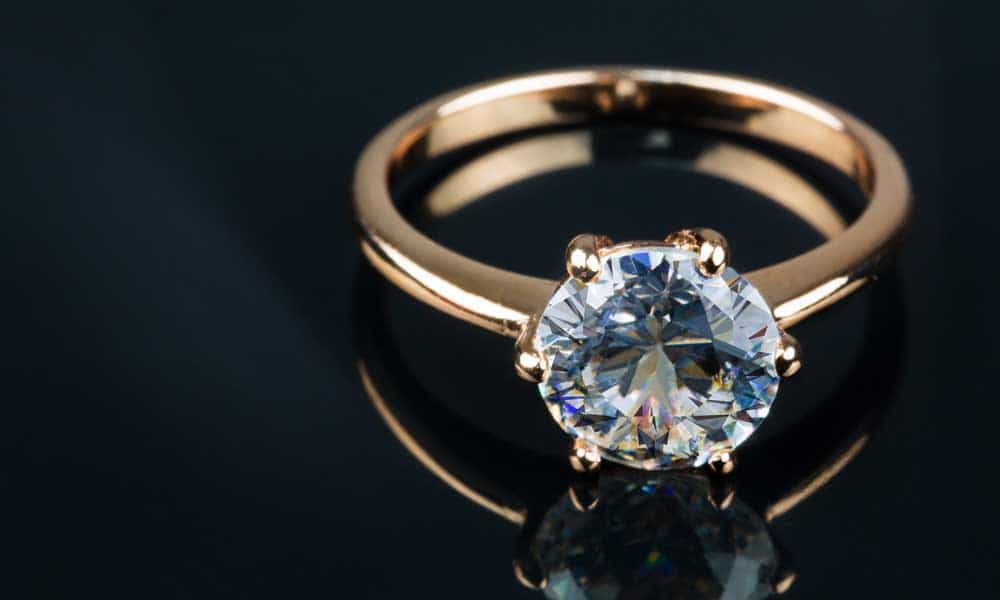

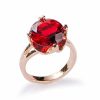
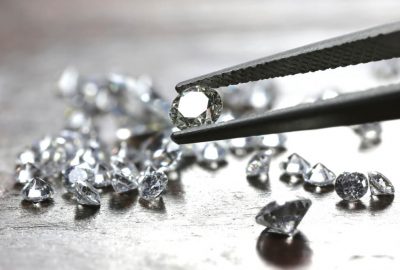


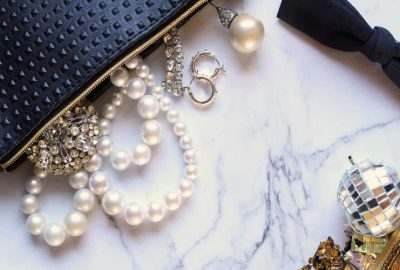
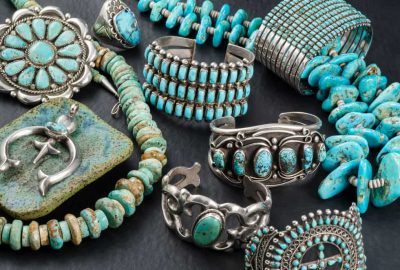
Leave a reply